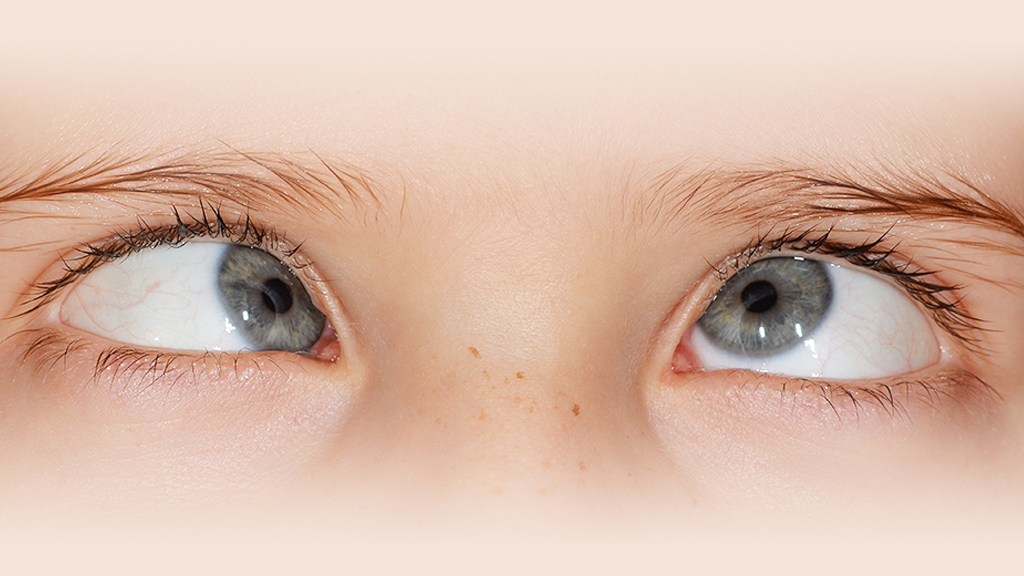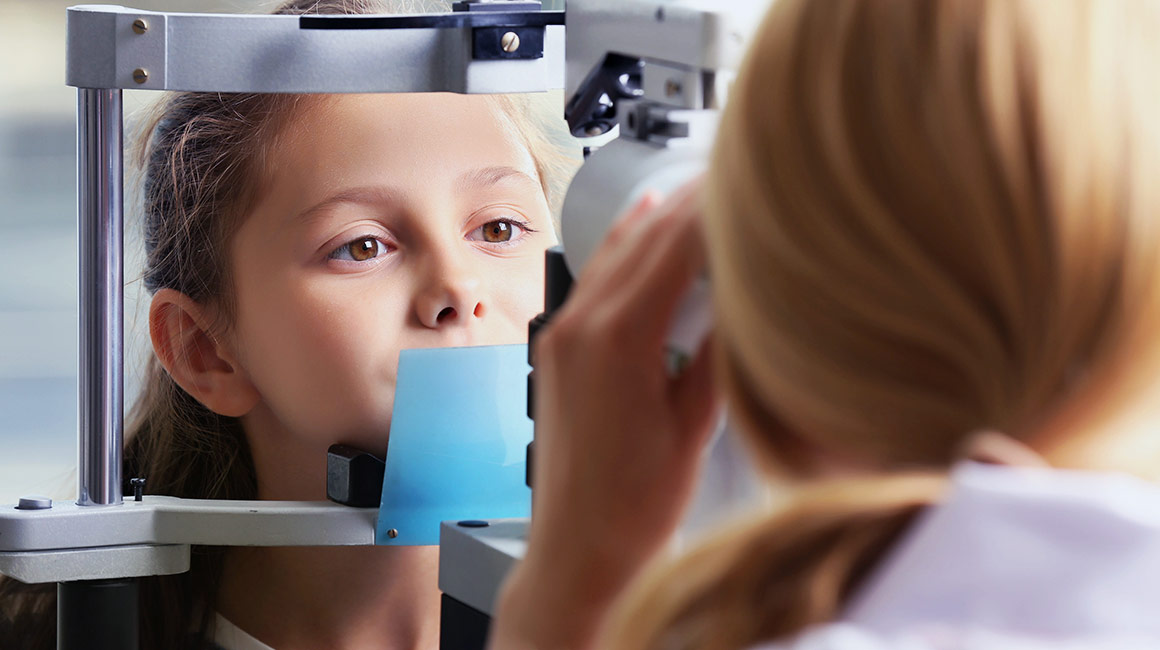A squint, or strabismus, is a condition in which the eyes do not align properly. One eye turns inwards, upwards, downwards, or outwards, while the other one focuses at one spot.
It can happen all the time or intermittently.
This usually occurs because the muscles that control the movement of the eye and the eyelid, the extraocular muscles, are not working together.
As a result, both eyes are unable to look at the same spot at the same time.
It can also happen because a disorder in the brain means that the eyes cannot correctly coordinate.
Strabismus also makes binocular vision impossible, so it is harder for the person to appreciate depth perception.
Types of strabismus
There are different types of strabismus. They can be described by the cause or by the way the eye turns.
The following terms describe strabismus by the positions of the eye:
- Hypertropia is when the eye turns upwards
- Hypotropia is when the eye turns downwards
- Esotropia is when the eye turns inwards
- Exotropia is when the eye turns outwards
An early diagnosis of strabismus will enable more effective treatment. In the past, it was thought that after a “critical period”, strabismus could not be treated.
While treatment up to the age of 6 years is believed to be most effective, strabismus can be treated at any time.
Signs and symptoms in children
The sign of a squint is fairly obvious from an early age. One of the eyes does not look straight ahead. A minor squint may be less noticeable.
Infants and newborns may go cross-eyed, especially if they are tired. This does not mean that they have a squint. Parents can check with their doctor.
If a child has one eye closed, or turns their head when looking at you, this could be a sign of double vision, and a possible squint. It is a good idea to see a doctor.
Strabismus is normally either present at birth or it develops in the first 6 months after birth.
Lazy eye
 Untreated, it can lead to amblyopia, or “lazy eye,” in which the brain starts ignoring input from one of the eyes.
Untreated, it can lead to amblyopia, or “lazy eye,” in which the brain starts ignoring input from one of the eyes.
The brain ignores one of the eyes to avoid double vision.
If there is poor vision in the affected eye, a child may benefit from wearing a patch over the other eye to encourage the vision to develop.
Sometimes a squint that was treated successfully in childhood returns later in adulthood.
This may lead to double vision in the adult because, by that time, the brain has been trained to gather data from both eyes, so it cannot ignore one of them.
Causes
Strabismus can be:
- congenital, meaning a person is born with it
- hereditary, or running in families, suggesting a genetic link
- the result of an illness or long-sightedness
- due to a lesion on a cranial nerve
If the eye cannot focus the light as it comes in through the lens, this is known as a refractive error.
Other problems that can lead to strabismus include:
- myopia, or short-sightedness
- hypermetropia, or long-sightedness
- astigmatism, where the cornea is not curved properly
A refractive error tends to make the affected eye turn inward, in an attempt to get better focus.
Strabismus that results from refractive errors tends to emerge later on, usually around the age of 2 years or older.
Hydrocephalus can also lead to strabismus. Hydrocephalus is a condition in which too much cerebrospinal fluid builds up in and around the brain.
Some viral infections, such as measles, can cause strabismus. Other conditions that can cause it include Noonan syndrome and some other genetic conditions.







